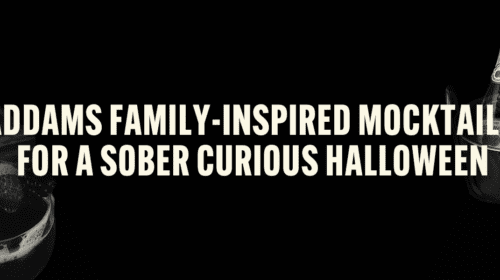Harm reduction is a public-health movement that aims to minimize the legal, medical and community-related impact of substance use. It incorporates a range of policies and initiatives that are designed to facilitate safe-as-possible substance use while simultaneously encouraging prevention and treatment when people are ready. Learn more about harm reduction, the data behind it, and its pros and cons.
A Look at Harm Reduction from Both Sides
Harm reduction is sometimes considered controversial because, while it ultimately discourages substance use and encourages treatment, it also takes less of an “enforcement” approach to dealing with substance use and more of a “management” approach.
Proponents argue that harm reduction takes a pragmatic, compassionate, and realistic look at a problem that has only gotten worse through current punitive and legally focused tactics. Opponents claim that it creates a permissive culture around substance abuse, makes communities less safe, and increases mortality rates and that the term itself is generally a misnomer. In a time when more people than ever are dying from drug overdoses, and many are still contracting different types of diseases from drug use, many argue that harm reduction is the best way to keep people safe while they’re using.
What Does Harm Reduction ACTUALLY Mean?
Harm reduction, in practical application, is an umbrella term used to describe a series of interventions. These initiatives are generally funded by either community organizations or private entities. Some examples of harm reduction include, but are not limited to:
- Community Dispensation of Narcan in High-Overdose Communities
- Overdose Prevention Sites
- Clean-Syringe Distribution
- Medication-Assisted Treatment
- Peer-Support Programs
- Non-Abstinence Housing
- Displacement Shelters for IV Drug Users
Contraception resources, like free condoms, are another example of a harm reduction strategy, as is the adoption of drunk-driving laws to prevent alcohol-related fatality and injury.
What Do the Facts Say?
It can be difficult to accept that harm reduction strategies are helpful because many believe they encourage drug use. On the other hand, there is concrete data to illustrate its effectiveness. For example, The Centers for Disease Control and Prevention (CDC) indicates that syringe services programs (SSPs) are safe, effective, and cost-saving; do not increase illegal drug use or crime; and play an important role in reducing the transmission of viral hepatitis, HIV and other infections. The organization also says that they’re associated with a 50 percent decline in HIV and HCV incidence. Additional data indicates that people who use these resources are five times more likely to enter drug treatment and about three times more likely to stop using drugs than those who don’t use the programs.
What Harm Reduction ISN’T
It’s important to realize that harm reduction is not harm elimination and, if applied at all, should only be used to keep people as safe and healthy as possible while they prepare themselves for treatment and recovery. Drug use, no matter how well-managed, can be dangerous and should be stopped as soon as possible. It’s also important to realize that not everyone can stop right away, and they deserve to be kept as safe and protected as possible while they make their way to treatment and begin their long-term recovery.
When You’re Ready for Treatment
Recovery Unplugged is ready to help you or your loved one get the help you need for drug or alcohol addiction. The sooner you reach out to us for help, the sooner you can begin your life over again free of withdrawal, free of the constant fear and anxiety, free of the burden of an unmanageable life. While harm reduction may prevent the associated health risks of drug addiction, continued drug use is not sustainable. Recovery Unplugged is in-network with most major insurance companies and offers all levels of care, including medically supervised withdrawal management. Call us to begin treatment.

























